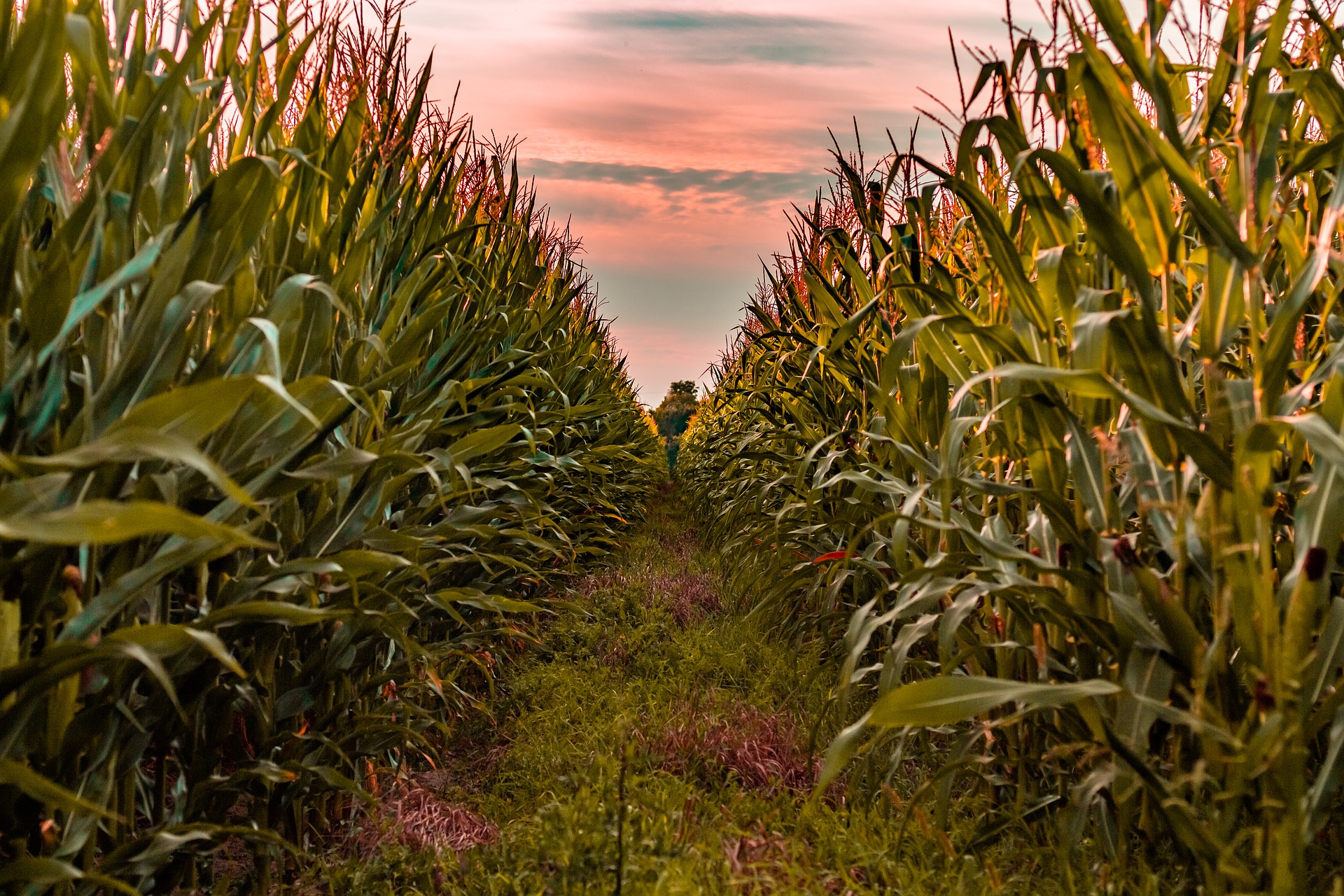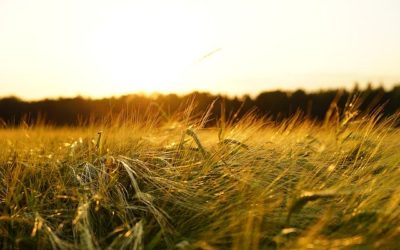Last week on Seed Speaks, two agronomy specialists shared insights into the impacts of high wind and lodging on corn.
Corn is a crucial cereal crop across the world. In 2021, the United States produced 15.1 billion bushels —177.0 bushels per acre — reaching near record high numbers, according to the U.S. Department of Agriculture’s 2021 Crop Production Annual Summary.
Wind damage in the form of lodging greatly impacts corn crops as they approach tasseling and beyond, putting the major crop at risk.
Stalk lodging can damage up to one-quarter of corn crops in the U.S. each year. A derecho in the Midwest last August ruined 8.2 million acres of corn, resulting in US$2 billion in losses for the agricultural industry.
While wind damage and lodging can impact corn throughout the crop’s entire lifespan, corn is most vulnerable during the later growing stages. As the plants age, the stalks become less flexible, making it more difficult for the plant to reorient itself.
“Anytime we’re dealing with stresses, the effect on yield is all about the timing of the stress relative to what’s going on with the corn crop. In early vegetative stages, when we sometimes do get these strong winds that will lay a field flat, the plants are still flexible,” explains Bob Nielsen, extension corn specialist and professor of agronomy at Purdue University, “They’re still elongating, so there’s opportunity for this so called ‘goose necking’ of the internodes to occur where the plants will try to straighten up, at least enough that we can get photosynthesis. Prior to maturity itself, the effect of lodging is primarily physiological, and it has to do with how much impact it has on the photosynthetic capacity of the plant.”
More specifically, the V12 to V15 stages and VT to R1 are the most vulnerable to this wind damage.
“The really susceptible period for lodging tends to align, at least in Midwestern environments, with the later vegetative stages — roughly V12 to V15 stage. We tend to see some lodging events come through where the corn looks really bad, but there’s still time before tasseling where it can recover and grow up right,” says Alex Lindsey, associate professor of crop ecophysiology in the department of horticulture and crop science at Ohio State University. “If lodging occurs around the flowering stage — VT to R1 — that tends to be a little bit more detrimental. Not only are you dealing with terminal vegetative growth and limited opportunities for those plants to recover, but also impeding that pollination process in those events. And so, in some of the trials that we’ve conducted, we’ve seen 30 per cent to 50 per cent yield loss during that time.”
Although stock breakage and crops laid flat can be detrimental, those damages might not be the biggest concern for growers following these extreme winds. The corn can begin to shade each other by tucking the ears beneath other plants, which prevents the crop from getting pollination.
Once plants have reached maturity, physiological yield loss can no longer occur, but the risk of mechanical loss of plants remains high.
“If the plants go down prior to maturity and lay close to the ground for a long time, now you’re also dealing with ears that are going to weather. They’re going to deteriorate and are more likely to develop ear rots. There’s opportunity for feeding by various critters. You can get premature kernel sprouting. You may literally not be able to gather the ears in the combine head and so you suffer yield loss. The decrease in grain quality can be substantial, even if you’re able to gather everything into the combine,” says Nielsen.
How to Prepare for Extreme Winds
Weather is unpredictable, so for growers to prepare for these harsh winds, strategy and hybrids could be key.
“We don’t know what event is going to happen, and we don’t know when it’s going to happen … Something that producers might consider doing is changing up their management strategies a little bit to try to avoid a stress in some fields, whereas others might end up experiencing it. Varying some of the different agronomic practices and the timeframe in which the crop will reach different stages can help to allow a little bit of flex in that and hopefully, you don’t have all of your acres affected by a single event,” says Lindsey.
Hybrids are another tool growers can use to prepare themselves for the impacts of wind and potential stock lodging. An example is short stature corn hybrids. Some companies are pushing these hybrids that are seven feet or shorter to potentially affect the crop’s susceptibility to lodging. The downside to this hybrid is growers often need to plant the corn at a higher seeding rate to reach the same yield, according to Nielsen.
With corn lodging, one hybrid doesn’t work for every abiotic stressor.
“What you need are hybrids that will tolerate a wide range of stress, so that no matter what that extreme weather is, you’ve got a hybrid that’s likely to tolerate it. That’s where a lot of companies are headed in their hybrid development. They are looking for a wide range of stress tolerance, as opposed to specific,” concludes Nielsen.
Related Articles
Delayed Planting Dates Prove to be a Greater Concern than Abiotic Stressors this Season
Corteva Launches New Canola, Corn Seed Treatments in Canada
Seed Corn, Oil Seed, Grains and Maple Syrup Added to SAWP List





